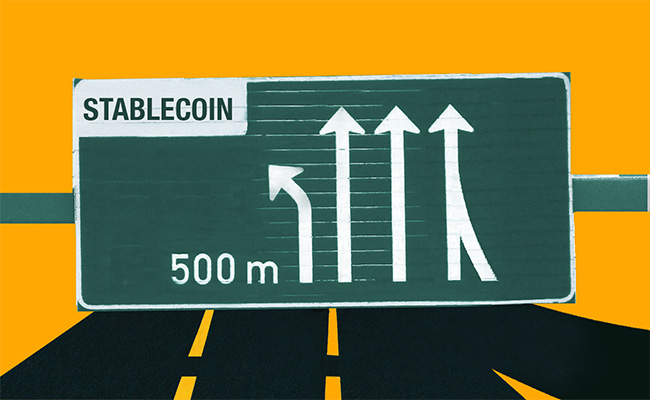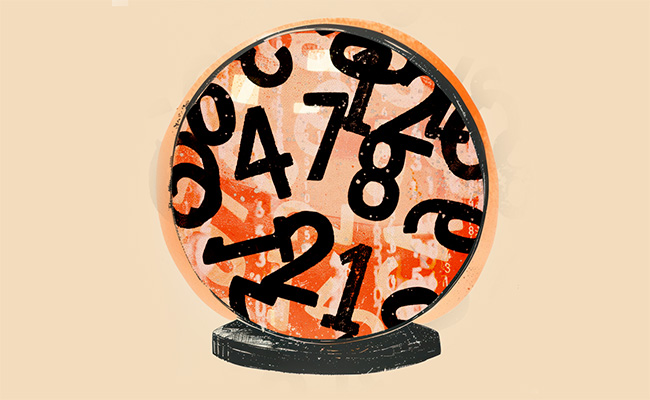Standard Bank is exploring how stablecoins could transform cross-border payments in Africa – and the “on- and offramps” it will need to plug digital currencies into its own systems once regulators set the rules.
Africa’s biggest lender is “deep in the weeds” assessing how stablecoins might be used to speed up trade and cut costs, says Ontiretse Modise, head of payments and transaction banking at Standard Bank Corporate and Investment Bank.
“We are investigating how to enable it, how to understand it, how to make sure we are ready when the regulations come,” he tells Currency. Standard Bank also aims to determine clients’ needs and demand, as well as what the exchange-control rules permit, which will give it a better perspective on how to “position” itself.
That’s a more conservative approach compared to global lenders like JPMorgan, which started a platform called Onyx and a stablecoin named JPM Coin, or Société Générale with its euro-denominated stablecoin. Instead, Standard Bank seems to be preparing to use its vast infrastructure across 21 African nations to provide the “rails” that will allow clients to switch between digital and fiat currencies.
Cross-town Joburg-based rival Absa Corporate and Investment Bank has already explored tokenisation, having developed a gold-backed stablecoin aimed at streamlining cross-border currency flows. The lender expects the coin to take off once clients become more accustomed to it, as being backed by gold also means it will be less volatile than some of the currencies on the continent.
Stablecoins – digital tokens backed one-to-one by reserve assets like the US dollar – have emerged globally as a low-cost way to settle payments outside the conventional banking system. In Sub-Saharan Africa, they accounted for about 43% of crypto transactions worth about $125bn between June 2023 and July 2024, according to research firm Chainalysis, reflecting their appeal for traders and remittance users seeking faster, cheaper transfers.
“We see massive opportunities to deliver immediate settlement across our presence markets to enable automated flows,” Modise says. The lender is watching the South African Reserve Bank (SARB) especially closely, as it could set the benchmark for the rest of the continent.
Phased regulation
The SARB, working with the Intergovernmental Fintech Working Group that includes the National Treasury and Financial Sector Conduct Authority, is taking a phased approach to regulating stablecoins, according to a South African Stablecoin Landscape Diagnostic released earlier this year.
The first phase assessed rand-pegged tokens and flagged risks such as weak issuer oversight and potential threats to financial stability. The next step is to design rules that strike a balance between innovation and consumer protection, as well as systemic safeguards. In parallel, the SARB is drafting cross-border crypto rules and strengthening anti-money-laundering measures in line with global standards.
Elsewhere, regulatory frameworks are moving faster. According to Yellow Card’s State of Digital Assets Regulation in Africa report, Nigeria has given its Securities and Exchange Commission oversight of crypto and stablecoins, while its central bank has eased an earlier banking ban. Kenya is close to passing a bill that recognises digital assets as payment and licenses stablecoin issuers.
The momentum is global. In July, US President Donald Trump signed the Genius Act, America’s first comprehensive framework for stablecoins, which could provide a model for other jurisdictions.
For now, Standard Bank sees its role as preparing for a possible shift rather than leading it. “It is not a fad, it is a reality,” says Ali Khan, head of structured payments solutions at Standard Bank CIB. “It is really about the evolution of when it comes, not if it comes.”
Top image: Currency collage.
Sign up to Currency’s weekly newsletters to receive your own bulletin of weekday news and weekend treats. Register here.















